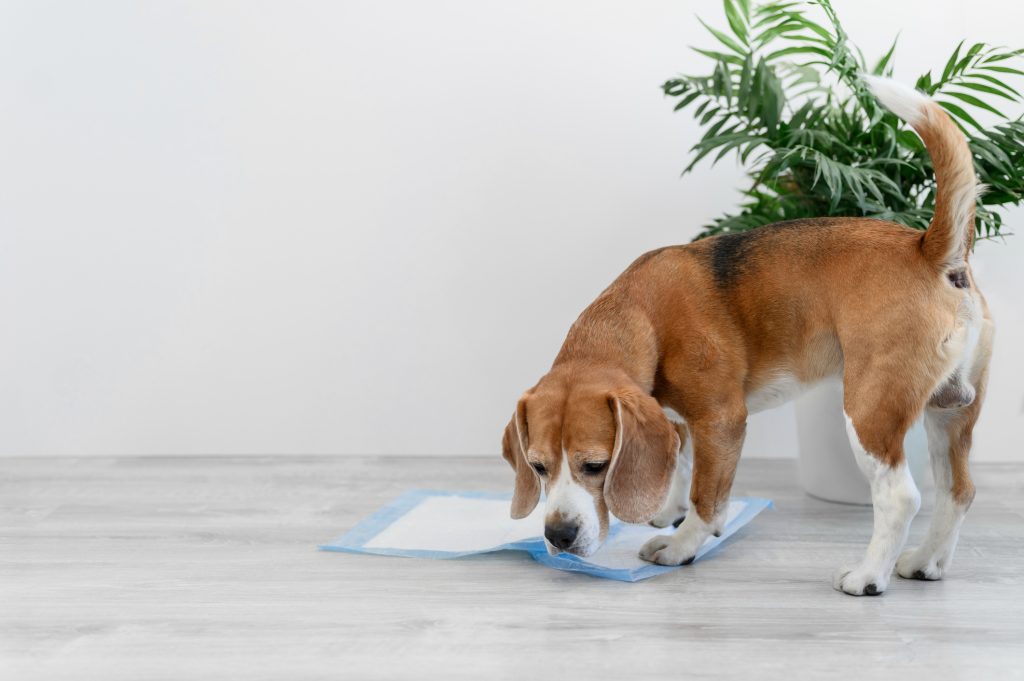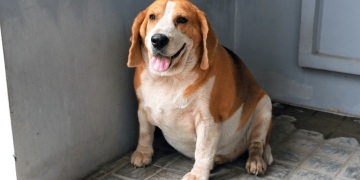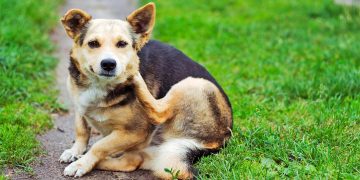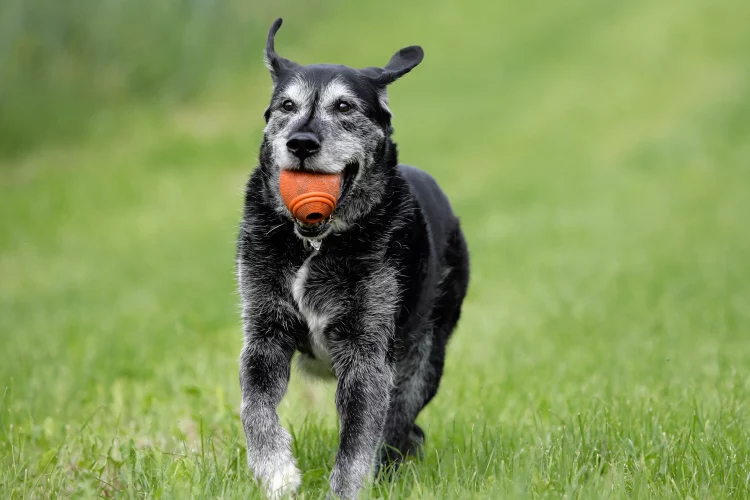Aging Minds, Willing Spirits
Just because a dog grows older doesn’t mean they stop learning. On the contrary, older dogs often show a deeper desire to connect with their humans, particularly when they sense thoughtful care behind each word and gesture. While mobility issues such as arthritis, hip dysplasia, or muscle degeneration may slow a senior dog’s physical movement, they don’t diminish their intelligence, curiosity, or emotional needs. Training an older dog with mobility limitations is not only possible—it’s vital for maintaining their mental sharpness and emotional well-being.
The key lies in adapting training methods to match their physical comfort, using low-impact cues and reinforcement techniques that empower rather than exhaust. With patience, empathy, and creativity, you can teach new commands or reinforce old ones, strengthen your bond, and help your dog feel capable and confident in their golden years.
Understanding the Older Dog’s Learning Landscape
Older dogs have a wealth of lived experience, but they also face changes in sensory perception, joint function, and sometimes cognitive ability. Hearing may fade. Stairs become harder. Standing on slick floors becomes intimidating. These factors don’t mean your dog is untrainable—they simply change the rules of engagement.
Training at this stage focuses less on energetic tricks and more on helpful cues, cooperative care, and enriching interactions. You’re not trying to make your dog sit perfectly or roll over on command. You’re teaching them how to participate in their own care, navigate the house with confidence, and engage with you in ways that feel joyful and secure.
Low-impact training also plays a preventative role—helping reduce anxiety, improve compliance during grooming or vet visits, and maintain cognitive sharpness, which is key in avoiding canine cognitive dysfunction.
Creating a Comfortable Training Environment
Before even beginning training sessions, it’s important to make the learning space accessible and safe:
- Use non-slip mats to prevent sliding on tile or hardwood floors.
- Choose a quiet area with minimal distractions.
- Avoid stairs or raised platforms unless your dog is supported.
- Train in short, frequent bursts—5 to 10 minutes, twice a day, is plenty.
- Always begin with a few minutes of gentle mobility warm-ups, like walking in place or controlled leash movement on a flat surface.
Comfort should always come first. If your dog looks tired, wobbly, or frustrated, take a break. The goal isn’t to master tricks—it’s to create connection and engagement that honors your dog’s physical limits.
Low-Impact Cues That Build Confidence
The most effective commands for older dogs with mobility issues are ones that either improve quality of life or facilitate care. These include:
1. “Touch” (Nose Targeting)
A low-impact cue that involves your dog gently touching their nose to your hand. It can be used to guide movement, get your dog to reposition without pulling, and redirect focus during anxiety or discomfort.
How to teach:
- Hold your hand palm-out a few inches from your dog’s nose.
- When they lean in to sniff or bump it, mark the behavior (“Yes!” or click) and treat.
- Practice at different heights or locations, but always keep it within comfortable range.
2. “Settle” on a Mat or Bed
This cue teaches your dog to relax on a soft surface. It’s useful for dogs who need to learn when to rest, especially if they get anxious when left alone or when you’re handling their paws, ears, or coat.
How to teach:
- Lure your dog onto a cushioned mat or bed with a treat.
- Say “Settle” once they lie down or begin to relax.
- Reward calm body language, and eventually add longer durations or gentle petting.

3. “Paw” or “Lift” for Cooperative Grooming
Instead of lifting your dog’s limbs to trim nails or check pads, train them to lift a paw on cue. This helps prevent strain and creates a sense of cooperation.
How to teach:
- Tap gently on one paw and offer a treat when your dog lifts it.
- Say “Paw” or “Lift,” mark the behavior, and reward.
- Slowly build the cue into grooming sessions to create a partnership approach.
4. “Come” with Minimal Distance
Recall doesn’t have to be fast or far. Teaching your senior dog to walk toward you a few steps at a time—especially when called for meals, medications, or vet prep—reinforces responsiveness and keeps joints moving gently.
How to teach:
- Call your dog in a soft voice while seated or crouched.
- Use food trails or visual cues if hearing is impaired.
- Reward even the smallest steps with calm, encouraging praise.
5. “Wait” for Controlled Movement
Teaching “Wait” is especially helpful for dogs with mobility issues who may need extra time getting in or out of vehicles, through doorways, or up ramps.
How to teach:
- Ask for a “Wait” while holding your hand palm-out.
- Open a door or move slowly toward a step.
- Reward when your dog pauses rather than charges ahead.
Using Mobility Aids as Training Tools
Training can also involve getting your dog comfortable with assistive devices. Mobility tools aren’t limitations—they’re freedoms, when introduced with care.
- Harnesses and slings: Teach your dog to place their head or legs into the harness using a treat cue.
- Ramps: Use food lures and verbal praise to guide your dog up and down ramps slowly. Celebrate each attempt, even partial ones.
- Orthopedic beds: Encourage use by tossing a favorite toy or treat on the bed, marking the behavior with a cue like “Place” or “Rest.”
Consistency is key. Incorporate these cues into daily routines, such as post-walk recovery, grooming, or bathroom breaks.
Combining Physical Therapy with Mental Enrichment
Just because your dog has limited movement doesn’t mean they don’t need stimulation. In fact, boredom and inactivity can worsen depression, weight gain, and restlessness in older dogs. Training can be gently paired with mobility-friendly games that engage their brain without straining their body:
- Food puzzles: Teach your dog to use their nose to slide puzzle pieces or nudge treat balls.
- Scent games: Hide small treats in a towel or shallow muffin tin and reward nose work.
- Clicker training: Capture small behaviors—like head turns, eye contact, or tail wags—and reward them to keep communication alive.
- Targeting games: Teach your dog to touch objects (like cones or cushions) placed near their bed or in easy-to-access areas.
Mental exercise is just as essential as physical movement—especially for dogs whose legs may slow down but whose minds remain sharp.
Adapting Verbal Cues for Sensory Loss
Older dogs may develop hearing or vision impairments. Training should shift accordingly:
- For deaf dogs: Use hand signals instead of verbal cues. A flat palm up for “Sit,” a sweep of the arm for “Come,” or a finger point for “Touch” can all become intuitive with repetition.
- For vision-impaired dogs: Use scent cues, floor textures, and touch targeting to guide movement. Tap on the floor, knock on objects, or lay tactile markers (like mats or towels) to indicate location changes.
Consistency in your movements, tone, and environment helps build familiarity and confidence, no matter what sensory changes your dog experiences.
Patience, Praise, and Partnership
Above all, training an older dog is about partnership. You’re not commanding—they’re not obeying. You’re working together to create ease, dignity, and clarity. Senior dogs respond beautifully to calm encouragement and honest celebration. When your dog lifts their paw without flinching, walks to their bed when asked, or simply makes eye contact when you say their name, that’s a moment of mutual understanding worth honoring.
Forget perfection. Embrace progress. Use rewards that suit your dog’s current needs—soft treats, extra petting, or warm praise. And always end each session on a positive note, even if it’s just a cuddle and a “Good dog.”
Conclusion: Age Is Not the End of Learning
Training doesn’t stop when a dog’s body slows down. It simply transforms. With the right mindset and adaptations, older dogs with mobility issues can continue to learn, grow, and bond with their humans every single day. Low-impact cues, cooperative care techniques, and mentally enriching routines empower senior dogs to feel capable, respected, and connected well into their twilight years.
Your dog may not leap as they once did—but they still listen, feel, and want to be understood. Every small step in training is a powerful act of love and dignity.























































